LA-176 overtaken sound
26 December 1948, on the Black Sea coast, an experimental aircraft with a large-swept wing La 176, created by the design bureau S. A. Lavochkin, under the control of captain Oleg Sokolovsky, overcame the "speed of sound". Sokolovsky became the second person who did not hear the noise of the engine of his plane. The first was an American pilot C. Younger, on a Bell X-1 aircraft, with a rocket engine. But our pilot still became the first as the Americans had a research plane, and our La-176 was a full-fledged, serious aircraft.
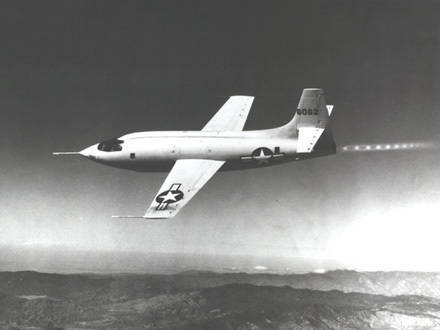
“The Conquest of Sound” was the next stage of development aviation in general and jet aircraft in particular. Flying on jet planes, pilots and aircraft designers faced a new phenomenon characteristic of such aircraft, after gaining a little more than 1000 km / h, the plane seemed to rest against an invisible wall, this wall was just a sound barrier.
So, as the theory explaining the essence of the sound barrier at that time did not exist, the pilots and designers had to move to the conquest of the sound barrier almost blindly, using the trial and error method. Back in the forty-fifth year, the German pilot Hoffman on a Me-262 plane in horizontal flight reached a speed of 920 km / h, but this did not get further. The next was a British pilot, Colonel Wilson, on the Gloucester-Meteor plane in 1946, he managed to outrun the German by 78 km / h, developing the 998km / h speed. The third challenger was the American D. Collins on the F-4 fighter, he overtook the German at 82 km / h and only at 4 km / h of his English counterpart, developing speed in 1002 km / h, but at the same time the thrust of his aircraft’s engine was only 1200 kgf, which is more than modest.
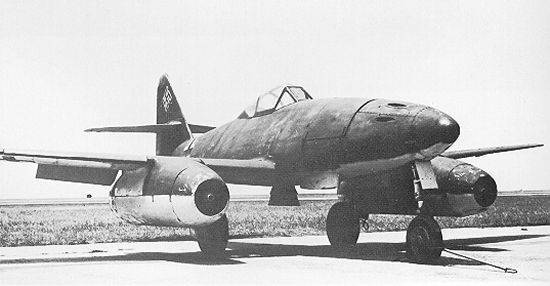
Although in the matter of overcoming the sound barrier, the engine thrust was not the most important element, much depended on the entire aircraft design. A special role here was given to the wing, the scientists carried out painstaking work on calculations and blowdowns, both of the swept wing and the straight wing. The first tests of the aircraft with a swept wing gave negative results, both here and abroad, such wings gave the so-called "logs" and were immediately listed as unpromising by skeptics. However, optimists in the course of work and experiments found a way to eliminate detrimental phenomena, reducing the thickness of the wing profile and installing the console, “aerodynamic crests” with a negative V.
The results of this work were put into service when designing the first domestic aircraft with the swept wing of the LA-160, and subsequently the LA-176, in the Lavochkin Design Bureau. When designing these aircraft, the main emphasis was placed on speed and already in the middle of 1947, the LA-160 with engine ZD-10F reached the speed of 1060 km / h, the next was LA-168 with a new high profile circuit and the engine “Nin”, in 2230 almost very close to the sound barrier. The new layout made it possible to achieve near-sonic speeds with a rather large take-off weight (4412 kg) and a relatively small engine thrust.
After a series of successful test flights of LA-168, as a result of which it was possible to reach speeds in 1084 km / h, the shopkeeper's design bureau began the creation of LA-176. The aircraft was designed in a constructive manner similar to the 168, but with the addition of significant innovations, the 176-th were increased flight mass (4631kg.), Engine power (2700 kgf.), And for the first time in the domestic aircraft industry the wing sweep was significantly increased , and also managed to eliminate the strong shaking that occurred at 168-th before the sound barrier.
The LA-176 test flights were conducted at the end of 1948 at the Saki airfield, by two experienced test-pilots I. Fedorov and O. Sokolovsky. The pilots plunged into solving the “fantastic” task at that time, to overcome the speed of sound. The flights were conducted from a height of 10 km with a decrease and a transfer to horizontal flight. And 26 December 1948 managed to solve this problem, the sound barrier was overcome. Until January, 1949 was made 6 flights, with the same breaking of the sound barrier. The official commission registered the result of the flight at an altitude of 7 000 meters at a speed of 1105 km / h. This result surpassed all the best jet aircraft of foreign aircraft.
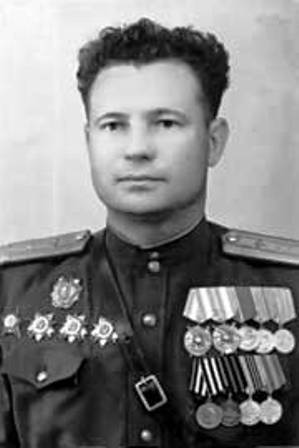
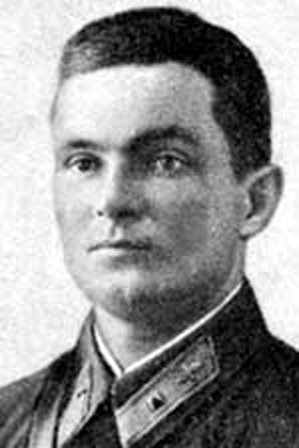
LA-176 was the first aircraft to overcome the speed of sound, and although the joy of victory was marred by the tragic death of test pilot O. Sokolovsky, it was an undoubted success. The name LA-176, like the name of its creator, designer SA Lavochkina was forever inscribed in history aircraft manufacturing.
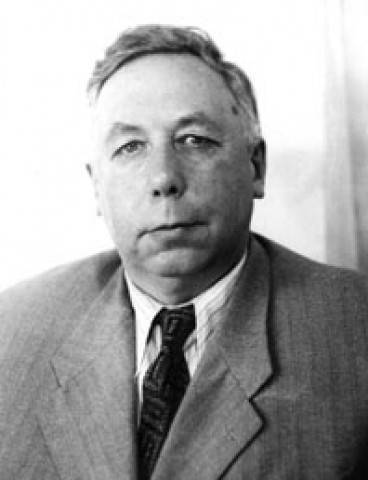
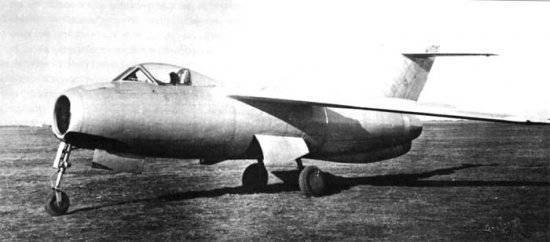

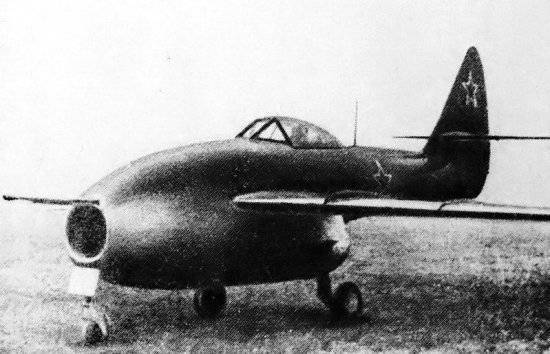
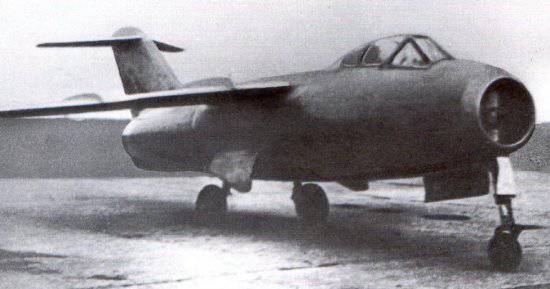
Information